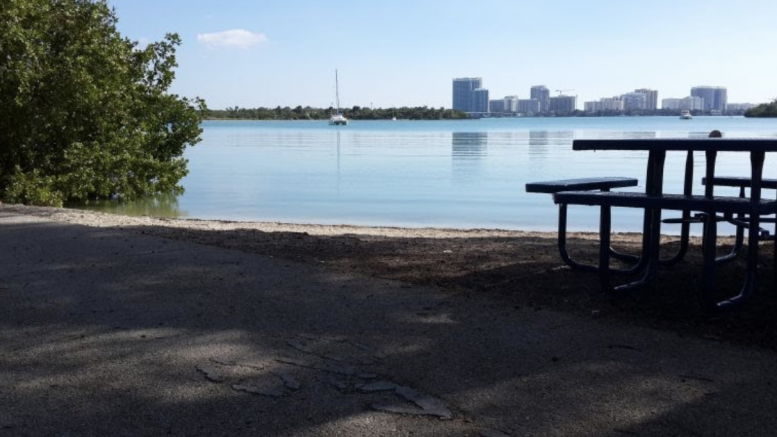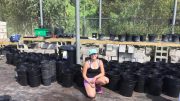Produced by: Valentina Palm
Valentina Palm/Editor in Chief
Dead fishes, stingrays, and seahorses washed ashore at the dying Biscayne Bay two weeks ago. Since then, FIU scientists and researchers have tried to revive the bay.
FIU President Mark B. Rosenberg says the collapse of the bay is a nightmare.
“Will Miami- Dade County become a global poster child once again for a paradise lost?” said Rosenberg. “We failed this time to hear the countless warnings of our scientists, and we lost our Biscayne Bay.”
Rosenberg and scientists from the College of Arts, Science and Education hosted an online meeting named “The Bay is Dying,” to inform the student body and the Biscayne Bay community about their research and work.
FIU scientists discovered the bay’s low oxygen levels killed most seagrass and marine wildlife. Sewage and pipe leaks have contaminated the bay for years reducing oxygen levels and increasing phosphorus and nitrogen nutrients, causing the fishkill.
This scientific phenomenon is referred to as eutrophication.
Piero Gardinali, Associate Director of the FIU Institute of Environment deploys boats weekly to the bay to test water levels and pump oxygen to the water with aerators. Fortunately, some areas of the bay have recovered.
But Gardinali expects seagrass to reappear in 40 years.
Gardinali says a centralized sewage system is necessary to ensure untreated water is not dumped in the bay. He thinks local officials need to promote water treatment facilities and the population needs to learn about how their septic tanks and fertilizers affect the bay.
Steve Sauls lives near Biscayne Bay since his retirement from FIU and says water channels are visibly polluted. The once clear waters of the bay are now black and unswimmable.
“We should be outraged that we are having these repeated sewage spills,” Sauls said.
Aerators alone can’t solve the bay’s decay, according to Tiffany Troxler, Director of the Science for Sea Level Solutions of the FIU Institute of Environment.
“It’s addressing water quality, government, infrastructure, watershed habitat, restoration, natural infrastructure, marine debris, education outreach, and funding,” said Troller
Gardinali and other scientists urged members of the community to talk with elected officials about the footprints cities leave in the bay.
Rosenberg said FIU will continue its efforts to restore the bay with help from Miami-Dade officials and other South Florida universities.
“We know a broader coalition needs to be built and that is going to require a skillful leadership and our ability to keep our eyes on the prize and to get this bay repaired as quickly as we can,” Rosenberg said in his closing remarks.




Be the first to comment on "FIU Scientists Try To Save Biscayne Bay"